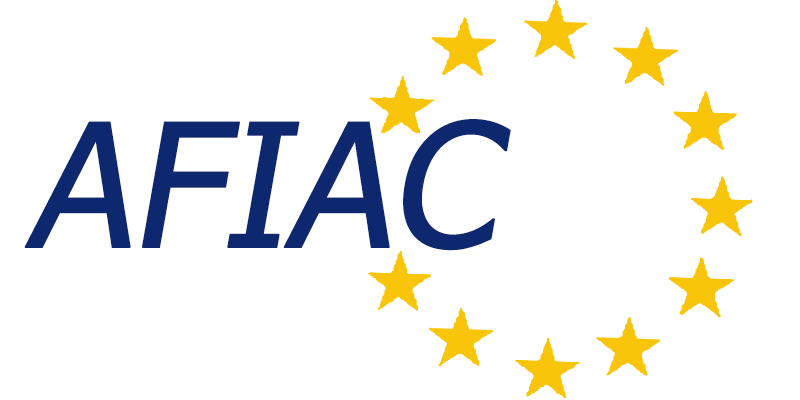In times of war, especially distant war, human lives start being counted by the hundreds. People become “casualties”, “collateral damage”. This is the fate of those currently dying in Ukraine. The right to life is more than a lofty legal guarantee. It is a recognition of the humanity of every person involved in the conflict – from the innocent civilian to the invading soldier. It is also a reminder that accountability is possible and, in the long run, inevitable.
Human rights protections in armed conflict
During an armed conflict, human rights law co-exists with international humanitarian law (IHL), the primary body of law that governs the conduct of hostilities. This was recognised by the International Court of Justice in Democratic Republic of Congo v Uganda(see [216]).
Article 6 of the International Covenant on Civil and Political Rights (ICCPR) prohibits “arbitrary” deprivations of life. The International Court of Justice (ICJ) held that IHL provides the relevant test for determining what is arbitrary in the context of war. The implications of this approach are that civilians killed in an attack that is deemed proportionate are merely “collateral damage”: their right to life has not been violated. The same goes for all combatants killed in operations lawful under IHL.
This orthodox position was challenged in the Human Rights Committee’s (HRC) General Comment 36. GC 36 states that all deaths that result from acts of aggression, which include any invasion, violate the right to life. This has three practical implicationsin Ukraine: (i) Russia is violating the right to life of all civilians killed in the conflict, (ii) Russia is violating the right to life of Ukrainian soldiers, (iii) Russia is violating the right to life of their own soldiers. Although not legally binding, General Comments carry significant weight (see [66]), and widespread State recognition of this interpretation would give it legal force (see Art. 31(3)(b), Vienna Convention on the Law of Treaties).
The primary drawback of the ICCPR is that the HRC does not issue legally bindingdecisions. However, both Ukraine and Russia are parties to the European Convention on Human Rights (ECHR) meaning that a case could eventually be referred to Strasbourg. In previous cases, the European Court of Human Rights (ECtHR) took a similar position(see [185]) as the ICJ in viewing IHL as the relevant body of law for interpreting the right to life under Article 2. More generally, it considered that the right to life “must be interpreted in so far as possible in light of the general principles of international law” As such, there remains scope for applying the GC 36 approach to aggression.
Last year, the ECtHR delivered its decision in Georgia v Russia II, which considered human rights violations committed during Russia’s invasion of Georgia in 2007. Crucially, it held that Russian actions during the “active phase of hostilities” did not come under the jurisdiction of the Court. The decision, criticised on many grounds, was a masterclass in judicial avoidance – the Court was wary of wading into controversial political territory. Moreover, it did not consider GC 36, leaving the question of its relevance open for the time being.
A little more action
There has been an outpouring of condemnation of Russian aggression and a chorus of voices in support of Ukraine. Now the people of Ukraine await action.
One way for States to act is to endorse the view taken in GC 36 on the scope of the right to life. The response by NATO at the time was overwhelmingly negative. The United States, advancing a range of anachronistic arguments, denied wholesale the extraterritorial application of human rights treaties. Israel and the US are the only twoStates to hold this position, which does not reflect the law. Other NATO members saw GC 36 as undermining the principle of belligerent equality in IHL. This principle ensures that a basic minimum of protection applies to all parties to a conflict, including the aggressor. Extending human rights obligations as suggested does not change the level of protection under IHL but adds another layer which recognises that the aggression is morally culpable and the source of immense suffering. Supporting the view in GC 36 paves the way for holding Russia accountable for this suffering.
A second way to act is to support an ambitious claim to the ECtHR. The United Kingdom has a long history of opposition to the extraterritorial application of the ECHR in claims stemming from their own aggressive war in Iraq (see for instance Al-Skeini v United Kingdom, at [101]). Other NATO members opposed this view in an older caseconcerning Kosovo. In Georgia v Russia, the ECtHR hid behind the fig-leaf of jurisdiction and made clear that it is loath to hear new claims arising from armed conflict. A unified European claim in support of Ukraine, backed with strong legal arguments, would make this position untenable.

